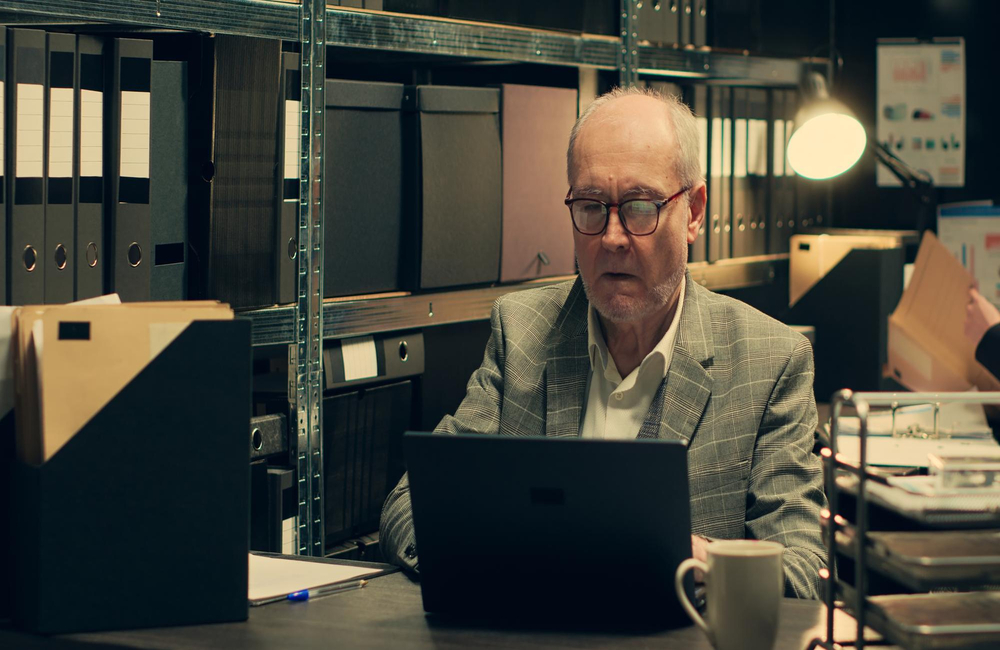Despite spending the better part of a decade hoovering up assets of all stripes, most central banks are "apprentices" when it comes to the reverse, says Warnes. Only one, a possible case of quantitative tightening was the attempt at quantitative tightening by the US Federal Reserve in 2017. It was halted two years later amid turbulence in the bond market and an economic slowdown. No other central bank has attempted QT (quantitative tightening) yet.
The way in which policymakers will seek to shrink the US$31 trillion in assets on the balance sheet of central banks globally is one of the biggest unknowns for markets this year, said Warnes while speaking at the Investment Conference on Thursday.
“Doing interest rate increases and cuts are basically quite easy. That’s not something new —they’ve done it for centuries.” Before, quantitative easing was a relatively unorthodox policy and very rarely used. “The first time was after the global financial crisis,” he says.
“A lot of them aren’t experienced, so you’ve literally got apprentices in the workforce because they haven’t had the experience. There is no master apprentice at the central banks at the moment as to how you can wind back these unbelievably bloated balance sheets.”
Concerns over the speed and scope of tightening of monetary policy have already triggered major share market sell-off around the world this year. Interest-rate sensitive tech names have taken a beating, and the Nasdaq Composite is down 12% year-to-date.
At a press conference last Wednesday, Powell said the Fed’s governing committee would be discussing issues of “timing, pace or other details of shrinking the balance sheet” at forthcoming meetings.
“Come on for Pete’s sakes we have been buying freaking bonds for 2 to 3 years—you have a US$9 trillion balance sheet. And you haven’t thought about it?” said Warnes.
“It’s the same situation here. We have $650 billion on the RBA balance sheet, which was treble what it was through the pandemic. They halted purchases in February. Then what are they supposed to do?”
The Fed has indicated it could begin reducing that balance sheet in the middle of the year. On Tuesday at its board meeting, the Reserve Bank shut down its quantitative easing program. The question of balance sheet reduction will be discussed in May, said Governor Philip Lowe.
Some central bank officials (and economists too) have insisted QT will be a nothing burger, partly because the main impact of QT isn’t in terms of aggregate supply and demand but in terms of signalling that central banks intend to raise rates. So even the gradual reduction of assets might not matter much beyond the signals it sends to markets.”
‘Interest rate hikes this year in the US are all but certain’
Interest rate hikes this year in the US are all but certain and already done in the UK, as well as possible in Australia. Reserve Bank Governor Philip Lowe described interest rate increases this year as “plausible” in his Wednesday comments.
What we do know is worrying
Warnes’ catalogue of ‘causes for concern’ for 2022 was on open display before attendees, with record high valuations, slowing economic growth and all those recession warning lights flashing out of the bond markets.
Australia’s economy is running hot right now, but almost every forecaster expects gross domestic product (GDP) to tumble more than half in 2023, a bad omen for earnings and share prices, he says.
“We’re a long way from boomtime conditions and markets need to realize that profits and cash flows can’t grow much faster than GDP growth for a long period of time,” he says.
Warnes said you can see recession signals in government debt markets, where the yield curves are flattening as the interest rates on short and long-term debt narrow. This transition has often preceded recessions.
“Bond markets are not really buying longer term growth that’s through the roof,” he says.
“The two-to-ten-year yield has inverted six times in the last sixty to seventy years. Every time, it has preceded an economic recession.”
Those red flags are flying as higher interest rates are poised to hammer equity markets that have grown lean on multiple expansion as opposed to earnings growth, Warnes argues.
He cited data showing that 80% of the market gains in the S&P 500 over the last year was due to expanding price to earnings multiples, compared to the remaining 20% which was attributable to earnings and earnings growth.
Multiple expansion is when it costs investors more money per unit of earnings, often because of lower rates. Higher rates compress valuations because future cash flows are less valuable.
“The valuation platform is unstable and quite weak,” he says.
“Dip a toe in the Ganges”
For that reason, Warnes suggests that investors who are deterred by lofty valuations in US stocks consider small positions in China or India, where shares are changing hands at cheaper multiples.
“Look at that Indian market as emerging market. Again, softly softly. Not a hell of a lot of money, but I’d put a toe into the Ganges,” he says.
Warnes also owned up to having been “nibbling” at Alibaba but cautioned investors to be mindful of their exposure given the unpredictable nature of the regulatory risk in China.
China’s CSI 300, which follows the 300 largest stocks on the Shanghai and Shenzhen stock exchanges, has entered bear territory, down 20% from its February 2021 high.
Alibaba is 60% off highs scored in November 2020. Shares ended Thursday at a 34% discount to fair value.
“Press the button”
Cash is unloved in a world where deposit accounts hardly keep up with inflation, though Warnes does advise investors to have a liquid cushion to allow them optionality for when opportunities emerge.
Look for companies that meet the demand for essentials, with rock-solid management and market dominance, he says. Create a list of good candidates and be patient until they drift into undervalued territory.
“Cash allows you to capitalize on opportunities as they arise,” he says.
“Especially if you have your list of stocks that you really want to own. They go down and you immediately hit the button. You’ve got a preferred list, you know the level that you’re willing to pay, you hit the buy button. If you need to sell something before you act, you can’t do that.
Cash represents about 10% to 15% of his portfolio, down from peaks of 25%.
























